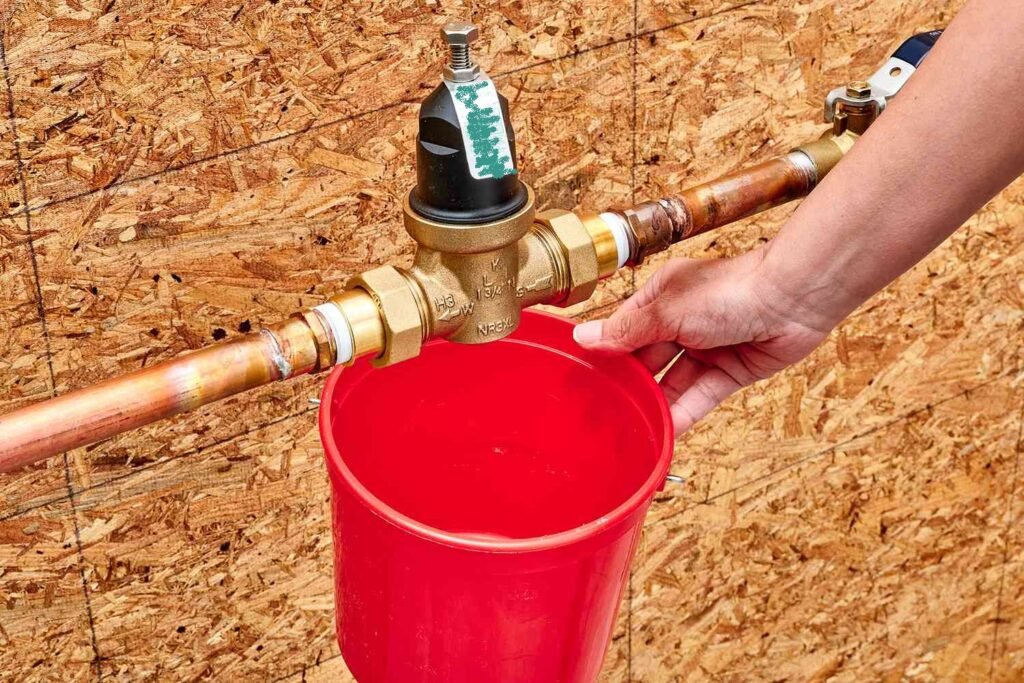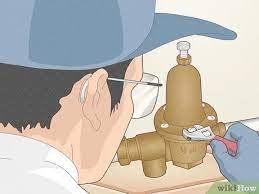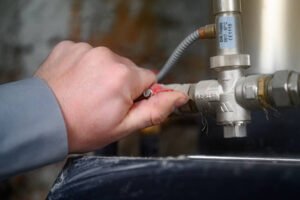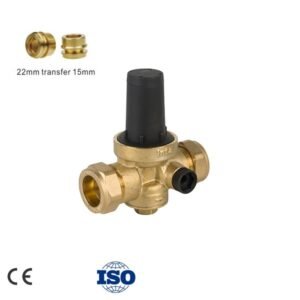Maintaining optimal water pressure in your home is not just about comfort; it’s crucial for the longevity and efficiency of your plumbing system. The guardian of this balance is the pressure regulator, a valve that reduces the high pressure from the main water supply to a safer level for your home’s plumbing. Over time, even the most durable pressure regulators wear out and require replacement. Knowing when to replace your pressure regulator can save you from unexpected leaks, water damage, and costly repairs.
Understanding Pressure Regulators
A pressure regulator, often situated where the main water line enters the house, acts as a gatekeeper, ensuring that water does not rush through your pipes too forcefully. Typically, a regulator lowers the water pressure from the city mains to a manageable 40-60 pounds per square inch (psi) for residential use. This device is critical because high water pressure can lead to pipe damage, leaks, and wasted water, while low pressure affects water flow and appliance efficiency.

Signs Your Pressure Regulator Needs Replacement
1. Unpredictable Water Pressure
If you’re experiencing erratic water pressure — sometimes too high, other times too low — without any discernible reason, it could indicate a failing pressure regulator. Stable water pressure is crucial for the functionality of household appliances and the overall plumbing system.
2. Noisy Pipes
A common sign of trouble is a hammering or banging noise coming from the pipes, known as “water hammer.” This phenomenon occurs when the flow of water is suddenly stopped, causing a shockwave through the pipes. A functional pressure regulator helps mitigate this by maintaining steady pressure, so these noises can be a red flag.
3. High Water Pressure
Water jetting out of taps more forcefully than usual can be a sign that the regulator is no longer reducing the pressure effectively. Overly high water pressure is a leading cause of leaks and can significantly shorten the lifespan of appliances like washing machines and dishwashers.
4. Low Water Pressure
Conversely, a significant drop in water pressure throughout the house can indicate a malfunctioning regulator. If cleaning aerators and checking for closed supply valves doesn’t solve the issue, the regulator might be at fault.
5. Visible Damage or Leakage
Any visible damage or leakage around the regulator itself is a clear indication that it needs to be replaced. Corrosion, rust, or water stains around the regulator are signs of wear that can affect its functionality.
The Lifespan of a Pressure Regulator
The average lifespan of a residential water pressure regulator ranges between 7 to 12 years, depending on the model, water quality, and usage. Regularly checking the device can help you identify wear and tear before it leads to more serious problems. It’s also worth noting that areas with hard water might see a reduced lifespan for plumbing components, including pressure regulators.
How to Test Your Pressure Regulator
- Use a Pressure Gauge: Screw a pressure gauge onto an outdoor spigot or washing machine outlet, ensuring all other water inside the house is turned off. Turn the spigot on to read the pressure. If it’s outside the 40-60 psi range, your regulator may be failing.
- Monitor for Changes: After initial testing, continue to monitor your water pressure over a few days at different times. Significant fluctuations could indicate a regulator problem.
DIY Replacement vs. Professional Help
While some homeowners feel comfortable tackling plumbing projects, replacing a pressure regulator generally requires professional expertise. Incorrect installation can lead to leaks, water damage, or further issues in your plumbing system. A licensed plumber can ensure the job is done correctly, providing peace of mind and potentially saving money on future repairs.
Preventive Measures and Maintenance
To extend the life of your pressure regulator and plumbing system:
- Install a Sediment Filter: Installing a filter upstream of the regulator can prevent sediment from entering and damaging the regulator.
- Regular Checks: Periodically testing your water pressure and inspecting the regulator for signs of wear can help catch issues early.
- Soften Your Water: If you have hard water, consider installing a water softener to reduce mineral buildup in your plumbing system.
Conclusion
The pressure regulator is an unsung hero in your plumbing system, silently working to keep water pressure at safe levels. Recognizing the signs of wear and knowing when to replace this crucial component can prevent disruptive and costly plumbing issues. If you suspect your pressure regulator is failing, it’s advisable to consult with a professional plumber who can accurately diagnose the issue and replace the regulator if necessary. Taking proactive steps to maintain and eventually replace your pressure regulator will ensure that your plumbing system remains efficient, safe, and trouble-free for years to come.






